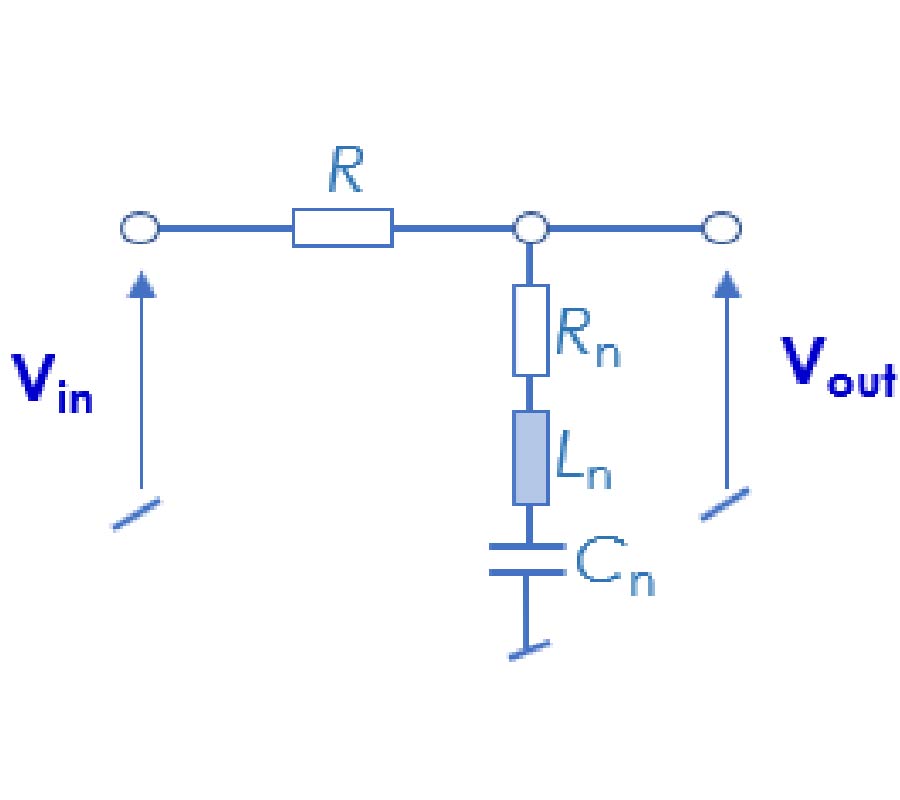A Mathematical Approach to the Effect of Mobile Position on Human Head Against RF Radiation
Pudipeddi Sai Spandana and
Pappu V. Y. Jayasree
The proposed work focuses on the mathematical interpretation of Electromagnetic Shielding Effectiveness (ESE) of age-dependent human Head Models (HMs) of seven tissues (Skin, Fat, Bone, Dura, Cerebrospinal fluid (CSF), Gray matter, and White Matter) with the impact of the mobile phone holding position on the RF radiation absorption by the human head. The ESE is first simulated and estimated using the Transmission Line Method approach: a. for only layered human Head Models (HMs) in the absence of mobile position with variation in Oblique Angle of Incidence (OAI) in Transverse Electric Polarization (TEP) and Transverse Magnetic Polarization (TMP), b. in the presence of mobile phone position and Polarization. c. by incorporating the Transparent Conductive Metal Mesh Polyethylene terephthalate (PET) film (Copper grid PET Film) as a shielding material in the presence and absence of Polarization and mobile phone holding positions. The Copper grid PET Film is composed of optical PET film laminated with Copper (Cu) and Nickel (Ni) Transparent Conductive Mesh Coatings (TCMCs) to form a transparent laminated mesh. The radiation absorption characteristic, Specific Absorption Rate (SAR), is evaluated numerically at four Sub-6 GHz frequencies from the obtained ESE data to draw collation at the least SAR absorbed by the age-dependent HMs, considering the water contents of tissues. Out of adult and child HMs, the child HM absorbed the higher RF SAR. However, with the transparent PET/Cu/Ni Laminated Mesh (LM), at 5.47 GHz, the SAR by the brain's white matter in child HM is highest in TEP with no shield considered is 10 W/kg. With transparent LM, the SAR obtained is 2.8e-12 W/kg in TEP in no mobile phone tilt condition at 89˚ OAI. With the user mobile tilt at 15˚ and 30˚, the SAR absorbed by the brain WM is 2.62e-12 W/kg and 2.1e-12 W/kg, respectively at 89˚. Hence, the SAR absorption is the least in any direction (azimuth or elevation) when the mobile phone is tilted to 30˚ in TE Polarization using the transparent PET/Cu/Ni laminated mesh. Therefore, the usage of transparent PET/Cu/Ni laminated mesh in TE Polarization saw the least SAR absorbed, whether the mobile phone is tilted either towards or away from the head when the mobile phone is moved to 15˚ or 30˚ tilted position.



















